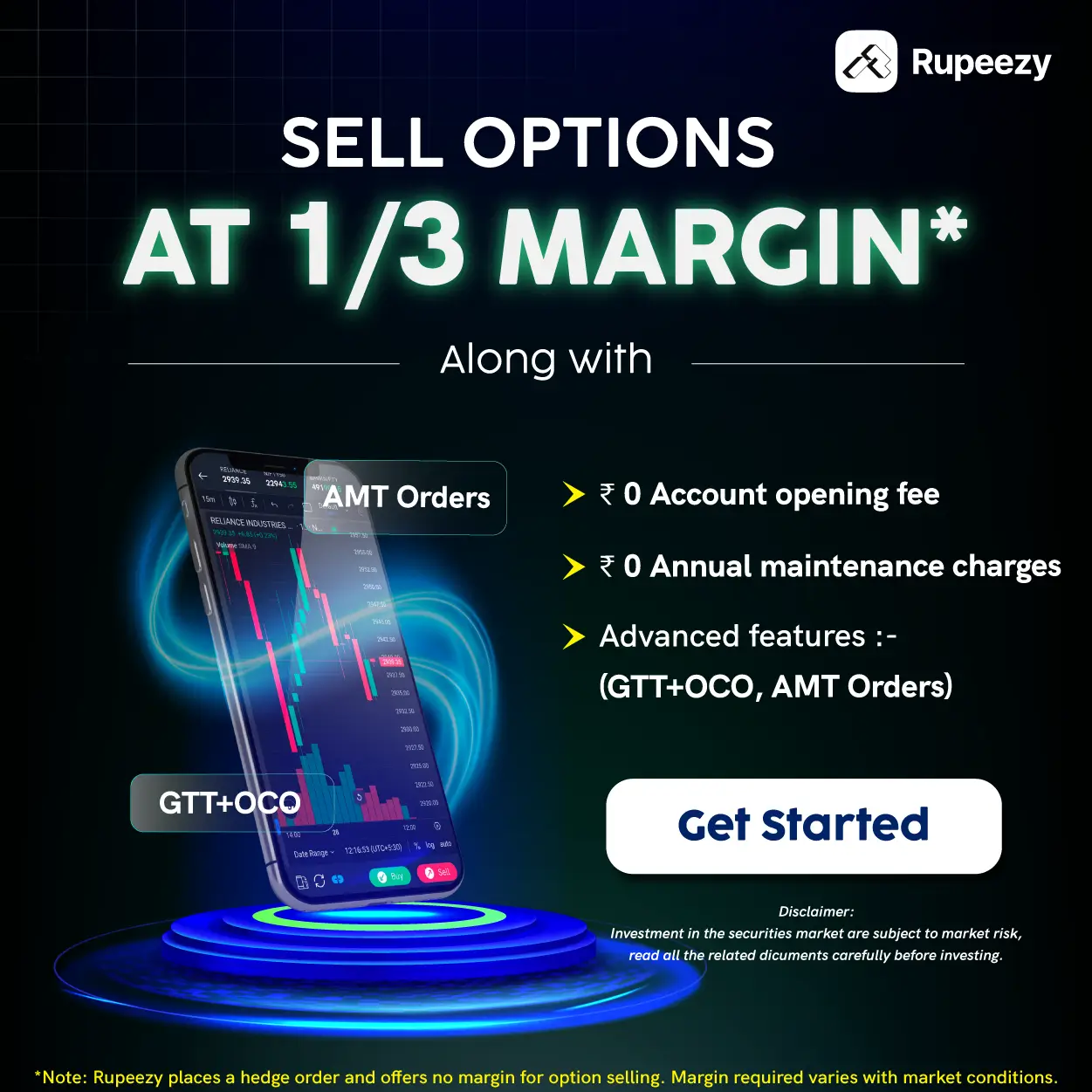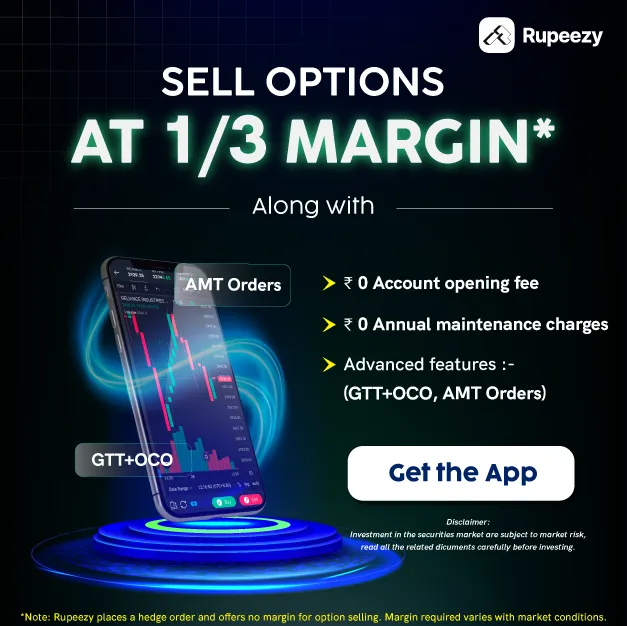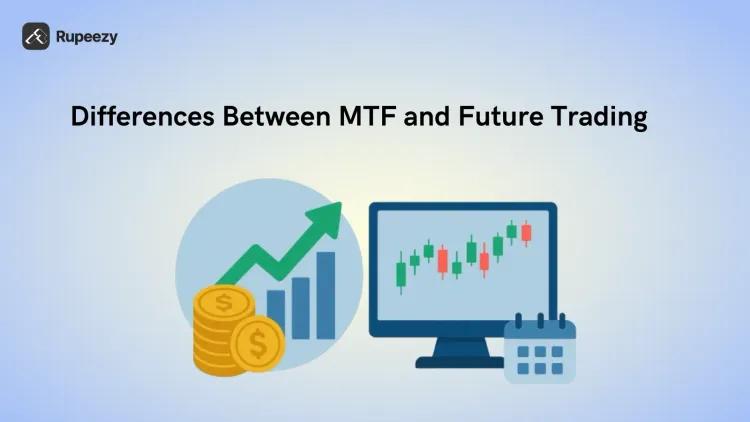What is Leverage in Trading - A Detailed Guide


00:00 / 00:00
When you start trading in the stock market, it is not just about profit or loss. But it is about developing plans and strategies that can help you earn better returns and reduce the risks. Also, it involves understanding the market dynamics, its workings, and performing proper analysis.
But that is not enough. If you are looking to generate wealth with the help of trading, you would need to understand the concept of leverage as well. This will allow you to understand the amount of borrowed funds that you use and how to use them.
In fact, leverage trading is crucial for all traders. No matter whether you are new or one with years of experience, a proper understanding of this concept can make all the difference. So, let us explore all the details linked to leverage in trading in the guide here.
What Is Leverage in Trading?
Before we understand the concept of leverage trading, let us quickly understand the meaning of the term - leverage. In literal terms, it means using small inputs to get a larger output. The input can be capital or effort. The output can be a result or income.
Similarly, leverage meaning in trading is linked to borrowing. It refers to the use of borrowed money to trade and generate income. This borrowed money comes from the broker. Now this money allows the trader to take a larger position in the market.
By doing so, you can trade in bigger and more significant assets by investing just a part of your pocket. However, while leverage can amplify your profits, it can also magnify losses if the trade goes against you. This makes it crucial that you use the leverage in a wise and judicious manner.
Features of Leverage in Trading
When it comes to leverage trading, it is important to understand the key features that can impact your trades. These include:
Use of the borrowed funds to hold a larger position in the market.
Margin requirement deposit is required to start the trade.
Amplification of the profits as well as losses when you trade.
Focus on the leverage ratio to ensure the correct exposure value.
High dependency on the broker to complete the trade.
Complicated SEBI rules and regulations to be complied with.
Works great across multiple financial assets like F&O, stocks, commodities, and others.
Misuse or over-leverage can lead to significant financial losses.
Now that you know what it is and its features, knowing how it works is really important. So, let us now explore how the leverage works in trading.
How Leverage Works in Trading
Leverage in trading is often expressed in multiples. In general, it is 1x, 5x, 10x, or 20x. Sometimes, you can get 33x as well, but it will be based on your history of trading. These numbers indicate the leverage ratio to the amount of the margin that is invested. This allows you to evaluate the actual value of the trade that you can take with the leverage.
In other words, if the ratio is 10x and you invest Rs. 1000 as margin, then you can trade for Rs. 10,000 actually. This means you can hold a much higher value of assets, which increases your profit potential only when you trade with caution.
Here are the main steps showing how leverage works in trading
1. Deposit Margin
You start by depositing a small portion of the total trade value, known as the margin. This margin acts as security and is usually a small percentage of the total position size.
2. Broker Adds Remaining Funds
Your broker provides the rest of the money required to open the full trading position. This enables you to take part in larger trades with limited capital and earn good returns as well.
3. Open and Monitor the Trade
After the trade is opened, all profits and losses are calculated on the entire trade value. This is not just calculated on the margin value, but the overall trade. This will actually add to your overall trade outcomes.
4. Close the Position
When you close your position, your gains or losses are added or deducted from your account balance based on the full trade exposure.
5. Margin Call Risk
If the market moves against your trade, your broker may issue a margin call, asking you to add more funds. If you don’t, the broker can automatically close your trade to limit further losses.
Example
Suppose you have Rs. 10,000 and use 10x leverage. This means you can trade assets worth Rs. 1,00,000. Now, there can be two conditions with this trade that you might face.
Increase by 5%: If this is the case, then you will earn Rs. 5,000, giving a 50% profit.
Decrease by 5%: If this is the case, then you will lose Rs. 5,000, cutting your capital in half.
This clearly shows that leverage multiplies both profit and risk. Hence, it is very important that you manage your risk and plan a proper strategy to ensure better trading.
Types of Leverage in Trading
Leverage is not limited to one kind of market. You can use it for different markets as well, which makes it a valid choice for diverse types of trading choices. So, the most common types of leverage trading are as follows:
1. Stock Market Leverage
In the stock market, brokers offer limited leverage. This is usually between 1x and 5x. This allows traders to buy more shares than their actual funds permit. This is most commonly used in intraday trading. This is because all the trades end the same day and thereby ensure better outcomes and management.
2. Forex Trading Leverage
Forex trading offers some of the highest leverage ratios. This is often up to 1:100 or even 1:200. Since currency price movements are generally small, traders use higher leverage to increase potential profits. However, the risk also rises sharply with higher exposure.
3. Futures and Options Leverage
In the derivatives market, leverage is built into the contracts themselves. You only need to pay an initial margin to take a large position. Say you are doing the F&O trading. Here, you would need to pay, say 10% to take the position.
4. CFD (Contracts for Difference) Leverage
CFD trading lets you speculate on price movements. It is done without owning the actual asset. It offers high leverage. This allows the traders to profit from both rising and falling markets. But there is a high volatility, which can increase the risk as well.
5. Commodity Market Leverage
Commodity trading also uses leverage for gold, crude oil, and metals. It allows leverage-based trading. Traders use a high amount of leverage. This is mainly because there are various things that impact the market.
Each of these types provides different leverage levels and exposure opportunities. The higher leverage can enhance profits. But this is only possible with the responsible usage and proper understanding of the market. All this will help you to avoid the major losses.
Pros and Cons of Leverage Trading
Leverage trading is truly one of the finest options available for traders. This not only allows them to invest more but also generates a higher amount of profits as well. This makes it really important for the trades to know the pros and cons of leverage trading. So, here are the ones to know:
Pros of Leverage Trading
Helps you earn higher profits even from small market movements.
Allows you to trade larger positions with limited capital.
Improves capital efficiency and lets you diversify your portfolio.
Great for high-value trading in forex, commodities, and swap derivatives.
Perfect for short-term trading plans like intraday and swing trading.
Helps with better management and growth as well.
Cons of Leverage Trading
Chances or losses are high if the market moves in the opposite direction.
Extra funds might be needed to maintain the position at times.
Pressure and stress are quite common in volatile markets.
Misuse can lead to capital loss as well.
Not good for beginners who lack risk management skills.
Conclusion
Leverage trading is not as simple as it sounds. Well, this might be true to a certain extent. This helps you earn profits better. And all this is possible by just investing a small amount of funds from your end. But there are risks as well that are associated with the same.
If you are not cautious, you might end up making losses. This is why proper risk management and analysis skills become really important. By doing so, you can protect your capital. Also, this helps to avoid the chances of high losses.
So, if you are looking to trade smarter, connect with Rupeezy today. Get access to advanced tools and insights. Start to trade with security and confidence that you need to grow and build wealth.
FAQs
Can I trade without using leverage?
Yes. If you have enough capital to trade and are not willing to invest in multiple values, then you can trade with the amount you have.
What happens if I can’t meet a margin call?
If you fail to fill the margin call, the broker can close the open positions. This can lead to either profit or loss based on the status of the trade.
Does leverage affect long-term trading strategies?
Yes. Leverage is good for short-term trading plans. But if you're securing it for the long term, then you might end up locking up your funds. This is mainly due to market fluctuations.
Is leverage available for all trading instruments?
No, leverage availability depends on the type of instrument. The ratios will vary, and so you must always ask the broker first before you plan.
How can I manage risk while using leverage?
You can manage risk by setting stop-loss orders, using smaller leverage ratios, diversifying trades, and avoiding overexposure in volatile markets.
The content on this blog is for educational purposes only and should not be considered investment advice. While we strive for accuracy, some information may contain errors or delays in updates.
Mentions of stocks or investment products are solely for informational purposes and do not constitute recommendations. Investors should conduct their own research before making any decisions.
Investing in financial markets are subject to market risks, and past performance does not guarantee future results. It is advisable to consult a qualified financial professional, review official documents, and verify information independently before making investment decisions.

All Category










